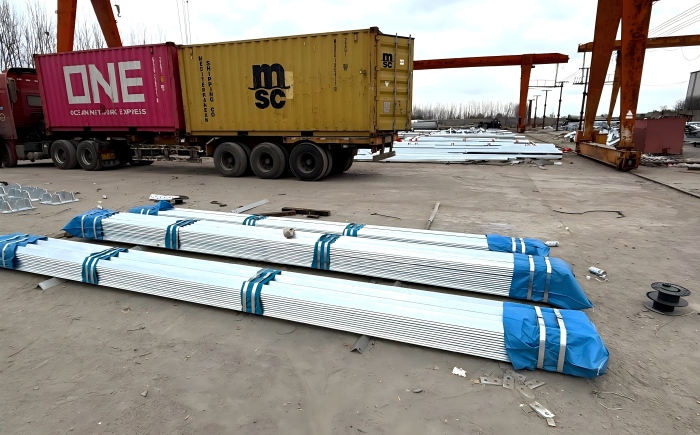In 2025, the demand for angular steel towers is soaring, fueled by 5G network expansion, renewable energy integration, and global electrification efforts. These self-supporting lattice structures are critical for telecommunication, power transmission, and broadcasting infrastructure, supporting everything from high-voltage lines to 5G antennas. Among the most common designs are 3-legged and 4-legged angular steel towers, each offering unique advantages based on load capacity, stability, and cost efficiency. According to industry reports, the global transmission tower market is projected to grow at a 6% CAGR through 2030, driven by urbanization and grid modernization (Mordor Intelligence). Understanding the key differences between these tower types is essential for utilities, telecom operators, and project managers to choose the right solution. This article explores their design, applications, and performance, helping you make informed decisions for your next infrastructure project.
Angular steel towers are lattice structures constructed from angle steel sections (e.g., Q235, Q345, ASTM A36) and treated with hot-dip galvanization (per ASTM A123) for corrosion resistance. These self-supporting towers require no guy wires, making them ideal for space-constrained sites. Key features include:
Bolted Connections: Ensure easy assembly and durability using high-strength bolts (e.g., 3/8” stainless steel).
Modular Design: Allows customization for site-specific needs, such as height (15-120m) and load requirements.
Applications: Support GSM, 5G antennas, microwave dishes, high-voltage lines (66 kV–765 kV), and surveillance equipment.
Standards Compliance: Meet ISO 9001:2015, TIA-222-G, and IS 802 for structural safety and reliability.
Whether for telecom networks or power grids, these towers provide robust, cost-effective solutions for modern wireless infrastructure and electricity distribution.
3-legged angular steel towers, also known as E-towers, feature a triangular base with three angle steel legs forming a pyramid-like structure. This design offers:
Compact Footprint: Typically 6-8m² base width for a 35m tower, ideal for urban or space-limited sites.
Height Range: 20m–70m, suited for moderate-height applications.
Modular Construction: Built with interchangeable modules, enabling last-minute modifications (e.g., JIAYAO’s E-Tower design).
Material Efficiency: Uses 20-25% less steel than 4-legged towers, reducing material costs by up to 21.2% (ResearchGate).
Stability: The triangular configuration ensures good stability for standard environmental conditions (e.g., wind speeds up to 120 km/h).
Installation: Faster assembly (5-7 days) due to fewer components, lowering erection costs.
Accessories: Equipped with antenna mounts, platforms, lightning kits, and fall protection devices for worker safety (per OSHA 1926.502).
Telecommunication: Supports GSM, 4G, and 5G antennas for mobile networks and radio broadcasting.
Power Transmission: Used for 66 kV–400 kV lines, ideal for single-circuit or double-circuit systems.
Microwave Communication: Mounts microwave antennas for point-to-point data links.
Observation/Surveillance: Serves as platforms for security cameras or environmental monitoring equipment.
3-legged towers are favored for their cost efficiency and compact design, making them ideal for urban cell sites and moderate-load projects.
4-legged angular steel towers feature a square or rectangular base with four angle steel legs, forming a robust lattice framework. Key characteristics include:
Larger Footprint: Typically 10-12m² for a 35m tower, requiring stronger foundations.
Height Range: 20m–120m, suitable for taller structures and high-capacity applications.
Lattice Framework: Bolted or riveted angles distribute loads evenly, enhancing structural integrity.
Higher Load Capacity: Supports heavier equipment, such as multiple 5G antennas, microwave dishes, or 765 kV lines, due to the broader base.
Enhanced Stability: Withstands high winds (up to 200 km/h) and seismic forces (e.g., UBC Zone 4), ideal for harsh environments.
Fabrication: Requires 20-25% more steel and splice plates, increasing material costs but ensuring durability.
Accessories: Includes ladders, platforms, cable trays, and aviation light brackets for maintenance access and safety compliance.
Power Transmission: Supports 110 kV–765 kV transposition lines and multi-circuit systems for long-distance power delivery.
Telecommunication: Ideal for major cell sites, broadcasting antennas, and high-capacity networks in urban hubs.
Renewable Energy: Integrates with wind and solar grids, supporting heavy conductors and equipment.
Observation: Mounts cameras or monitoring devices for security or meteorological studies.
4-legged towers excel in high-voltage and high-load scenarios, offering superior stability for tall structures and challenging terrains.
3-Legged: Triangular base with three legs, forming a compact, pyramid-like structure.
4-Legged: Square or rectangular base with four legs, creating a robust, wider framework.
3-Legged: Supports moderate loads (e.g., 6-12 antennas, 66 kV–400 kV lines), suitable for standard telecom or medium-voltage transmission.
4-Legged: Handles heavier loads (e.g., multiple 5G antennas, 765 kV multi-circuit lines), ideal for high-capacity networks.
3-Legged: Uses 20-25% less steel, reducing material costs and transportation expenses.
4-Legged: Requires more steel and splice plates, increasing fabrication costs by 15-20%.
3-Legged: Stable for standard conditions but less effective in extreme winds or seismic zones.
4-Legged: Offers superior stability for high-wind (200 km/h) and seismic environments due to its broader base.
3-Legged: Faster installation (5-7 days) with fewer components, lowering erection costs by up to 20%.
4-Legged: Longer assembly time (7-10 days) and higher foundation costs due to larger base and complex bracing.
3-Legged: Preferred for telecom cell sites, microwave links, and moderate-voltage lines (66 kV–400 kV).
4-Legged: Suited for high-voltage transmission (110 kV–765 kV), tall telecom hubs, and renewable energy projects.
These differences highlight the trade-offs between cost efficiency and structural capacity, guiding project decisions based on site conditions and load requirements.
Selecting between 3-legged and 4-legged angular steel towers depends on several factors:
Load Requirements: Choose 4-legged towers for heavy equipment (e.g., multiple 5G antennas, 765 kV lines) and 3-legged towers for lighter loads.
Site Conditions: Opt for 4-legged towers in high-wind or seismic zones (e.g., coastal areas, UBC Zone 4); use 3-legged towers in standard conditions.
Budget: 3-legged towers offer cost savings (up to 21.2% less steel) for budget-conscious projects.
Space Constraints: 3-legged towers suit space-limited sites (e.g., urban rooftops) due to their compact footprint.
Aesthetic Impact: 3-legged towers have a sleeker profile, reducing visual impact in urban settings.
Case Study: For a 20m 5G cell site in an urban area, a 3-legged tower with a 6m² base supports six antennas cost-effectively, installed in 5 days. For a 50m 765 kV transmission line in a rural, high-wind zone, a 4-legged tower with a 12m² base ensures stability for multi-circuit lines, despite higher costs.
At XH Tower, we specialize in designing and manufacturing 3-legged and 4-legged angular steel towers tailored to your telecom, power transmission, or 5G infrastructure needs. Our hot-dip galvanized, ISO 9001:2015, and TIA-222-G compliant towers ensure durability, reliability, and compliance with global standards. Whether you need a compact 3-legged tower for an urban cell site or a robust 4-legged tower for high-voltage transmission, our custom solutions deliver unmatched performance. Contact XH Tower today for a free quote and power your project with state-of-the-art infrastructure!
3-legged and 4-legged angular steel towers serve as the backbone of modern infrastructure, supporting telecom networks, power grids, and renewable energy systems. While 3-legged towers offer cost efficiency and a compact design for moderate loads, 4-legged towers provide superior stability and higher load capacity for demanding applications. As 5G and grid modernization drive demand in 2025, choosing the right tower ensures reliability, safety, and cost-effectiveness. Partner with XH Tower for innovative, durable, and customized tower solutions to elevate your next wireless infrastructure or power transmission project. Request your free quote now!
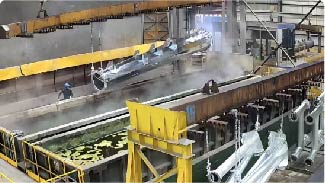
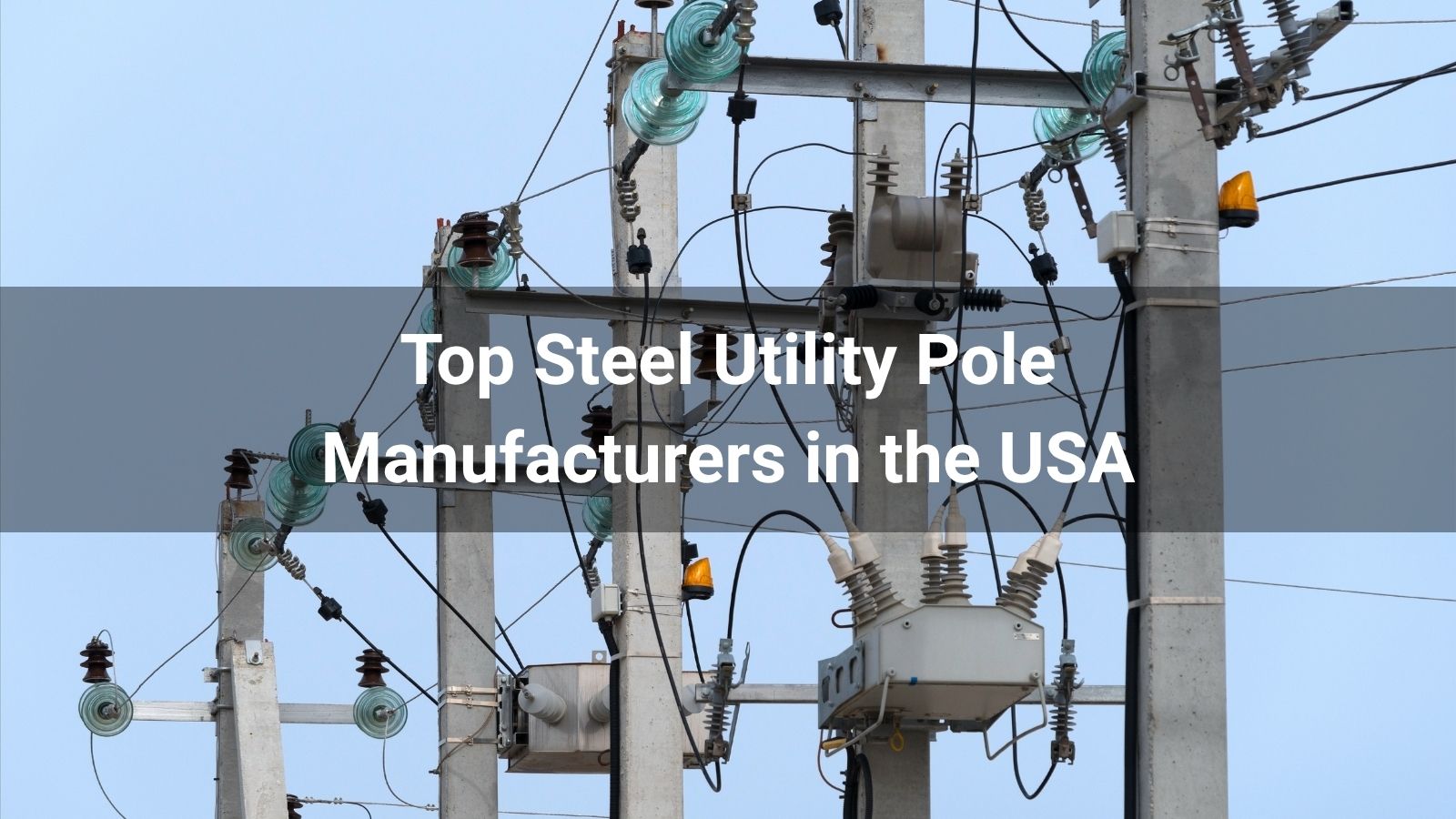
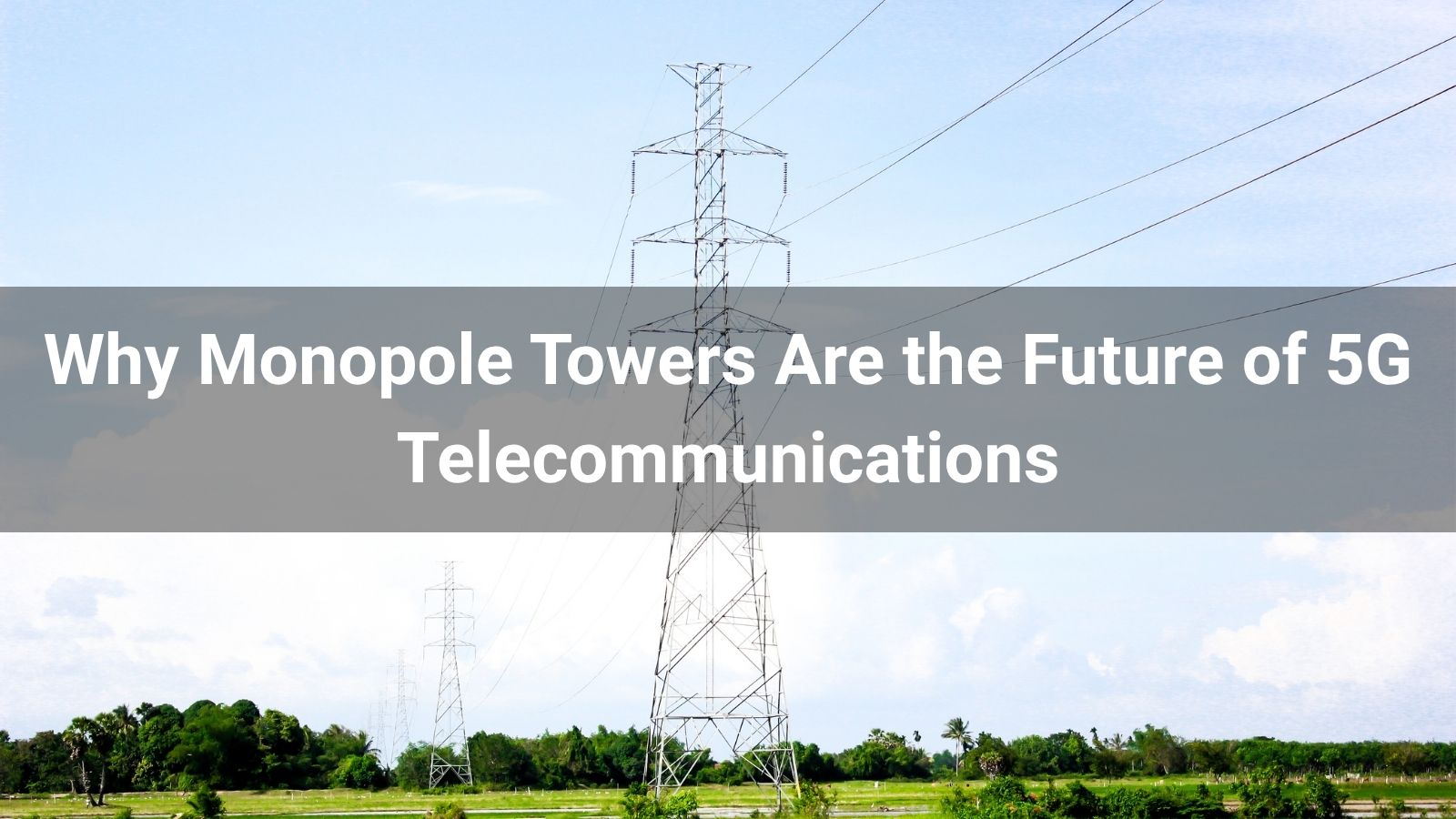
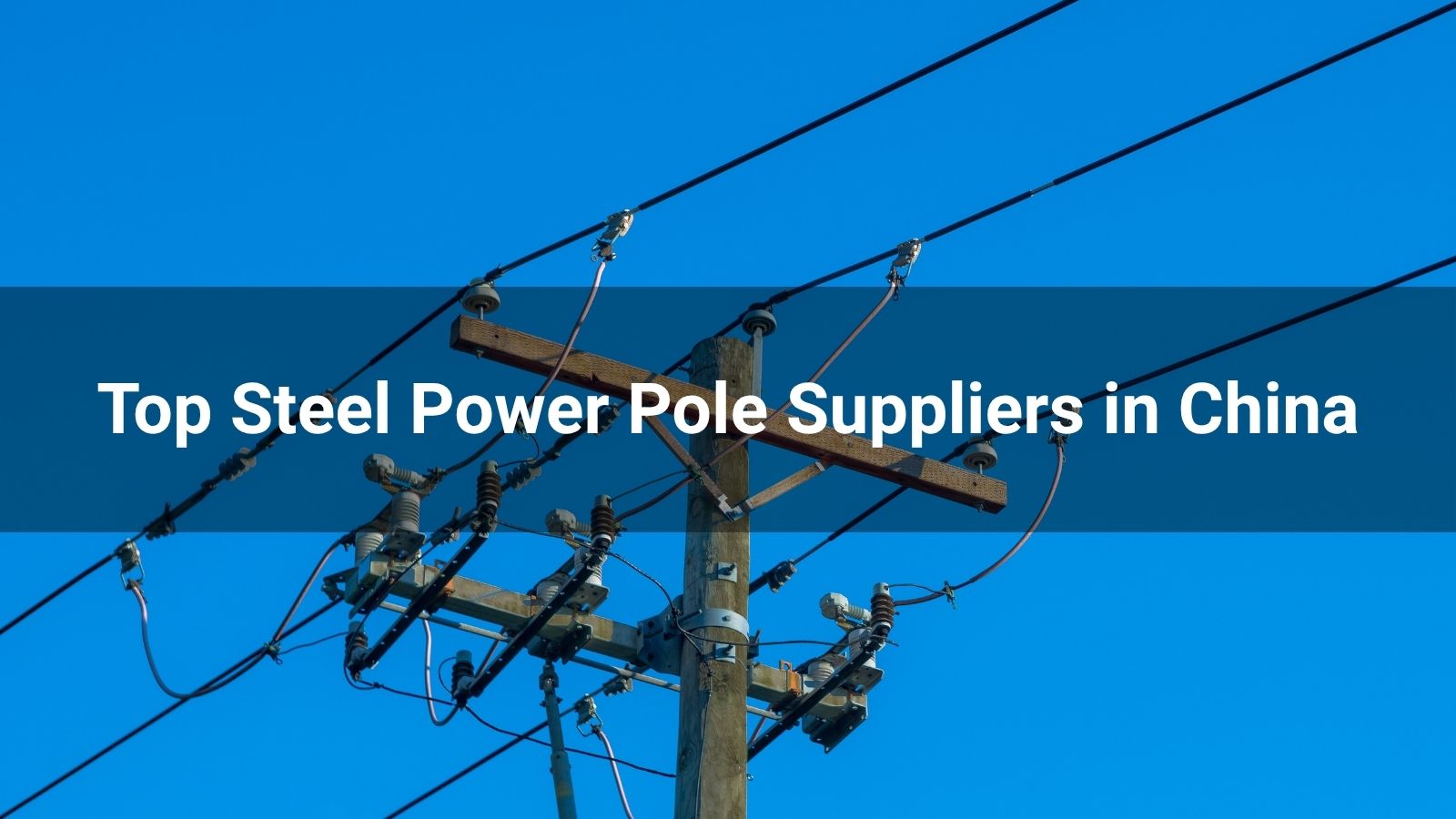
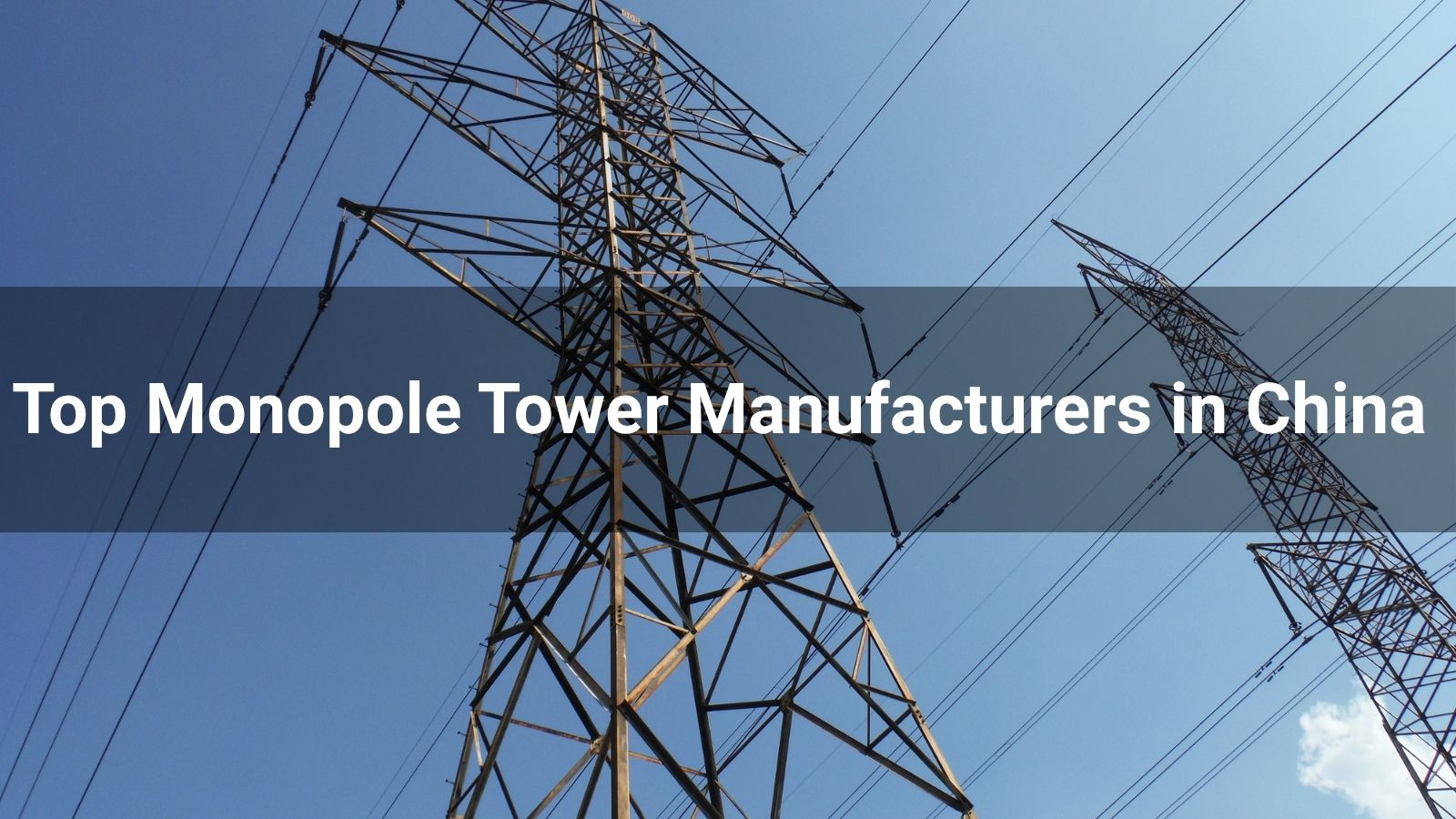
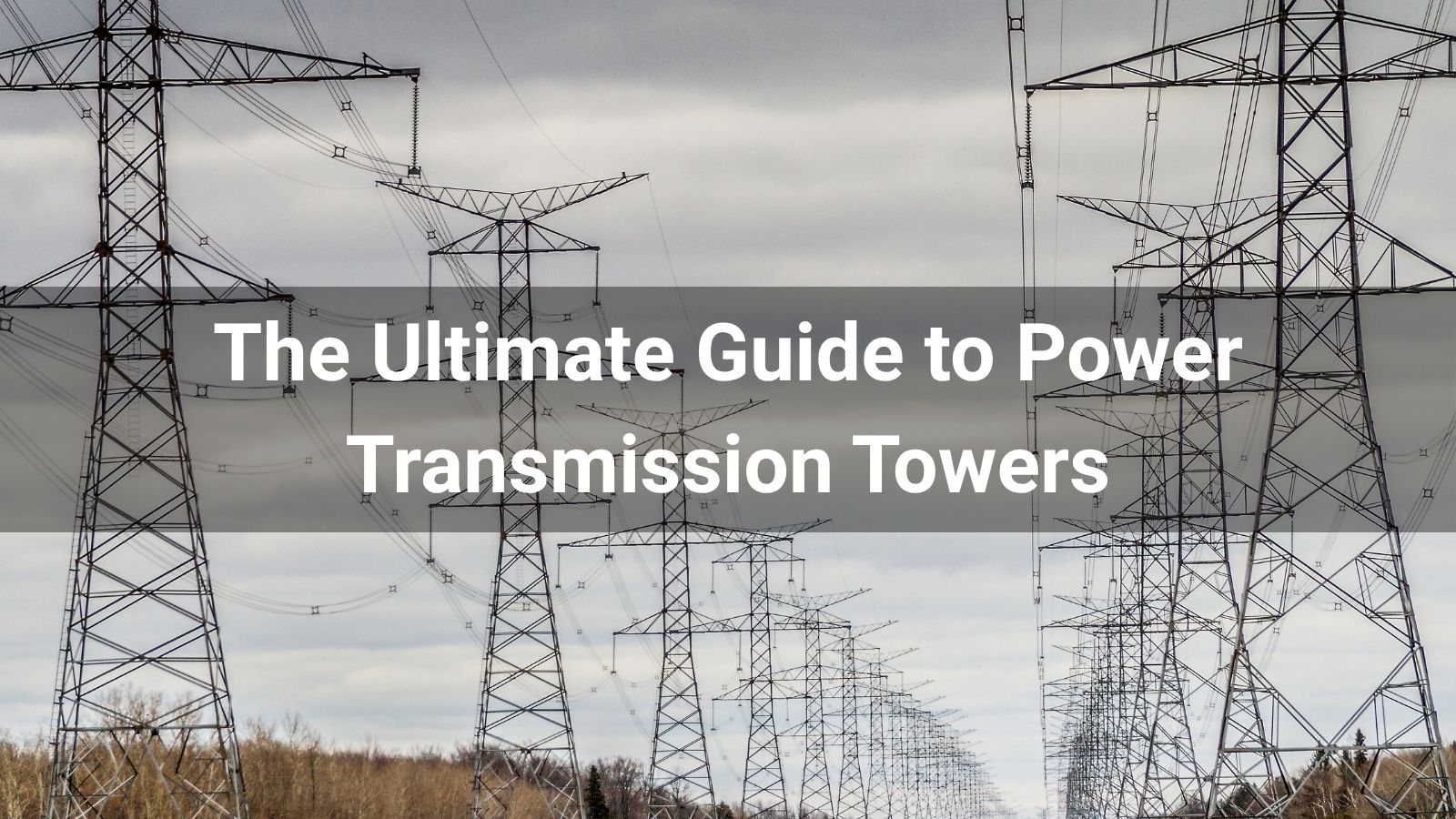
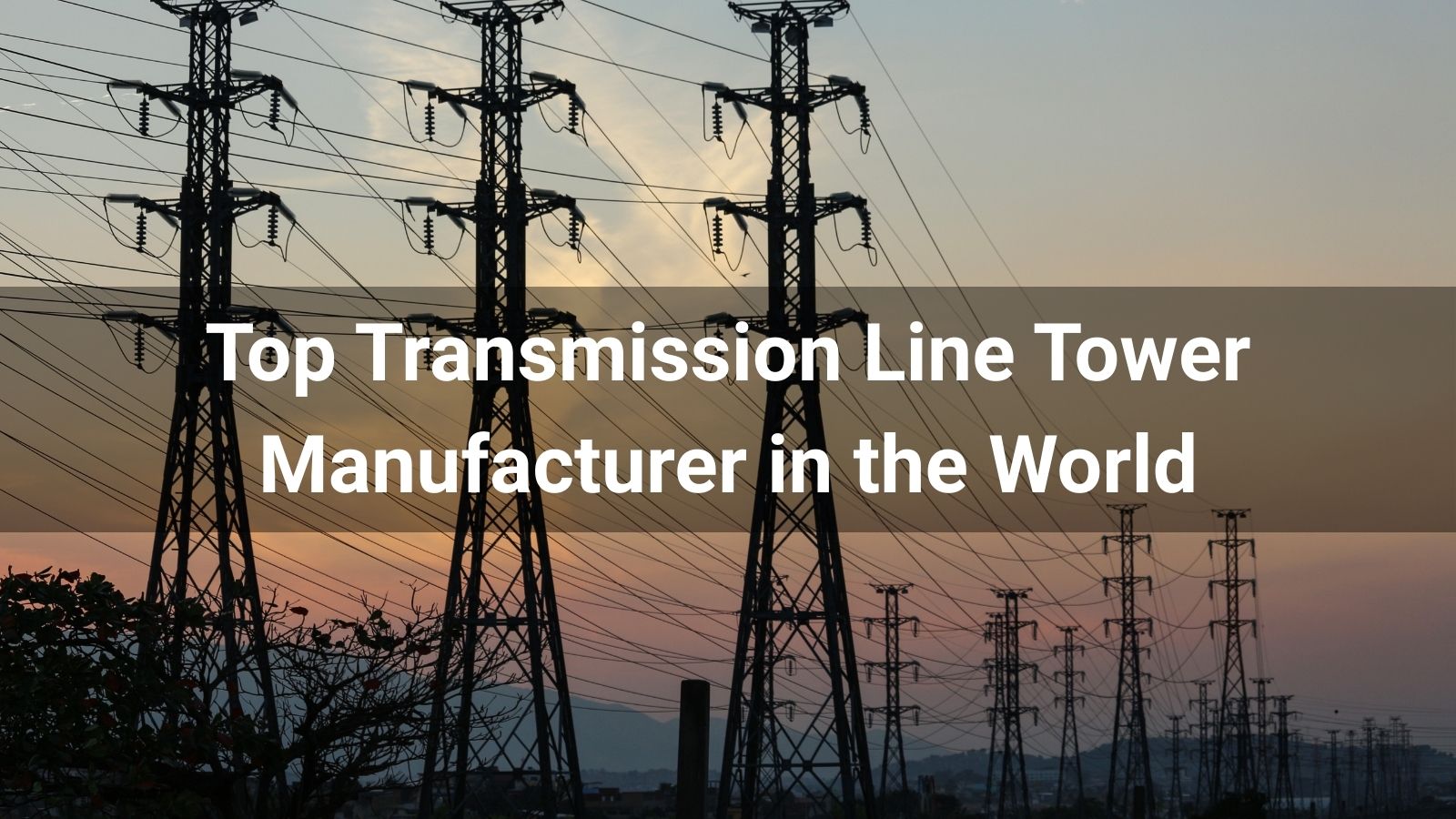


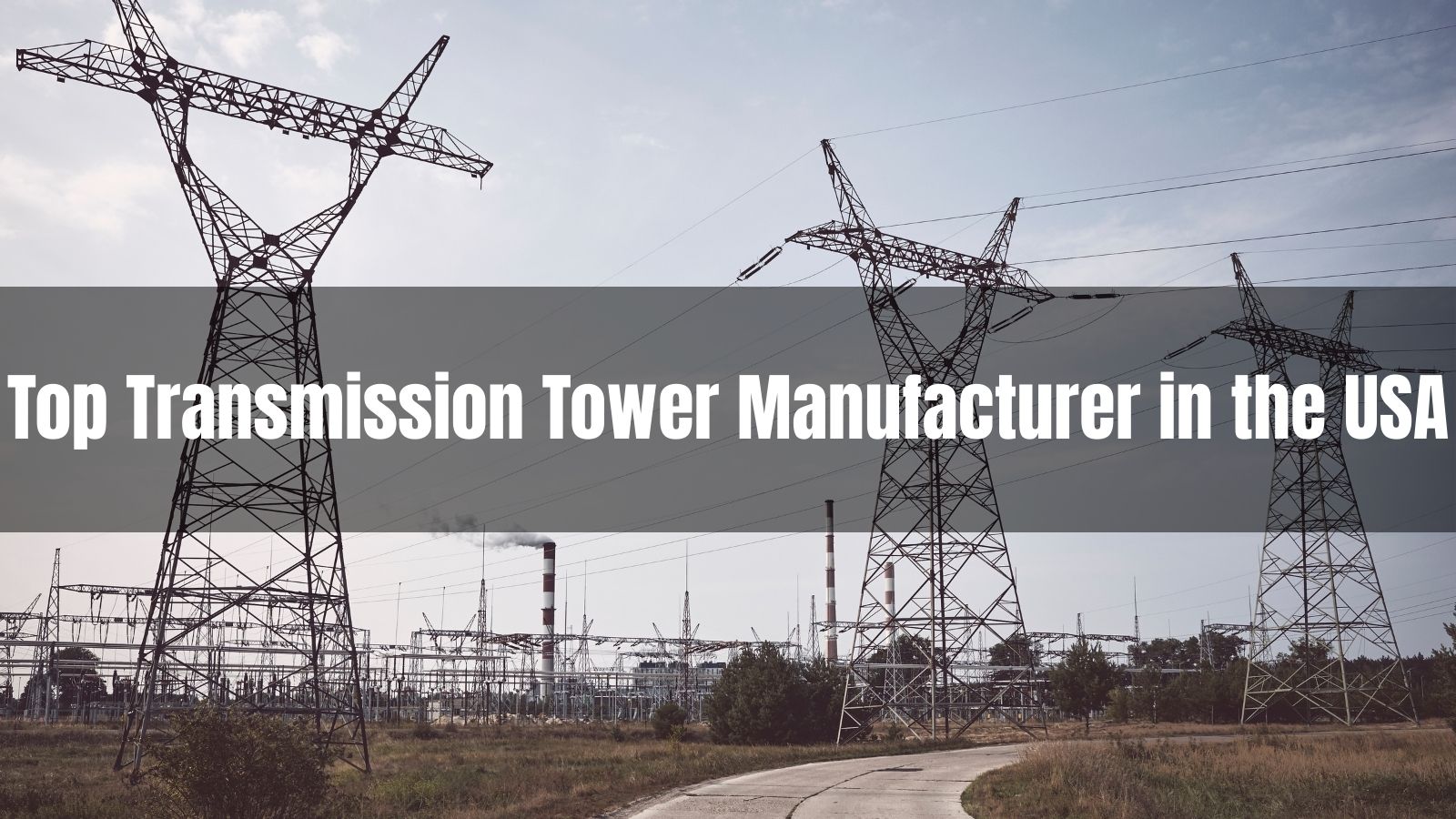
Discover the top 10 transmission tower manufacturers in the USA for 2026. Learn about angle steel, monopole, and lattice towers, evaluation criteria, and how to choose the right supplier for utility and EPC projects.

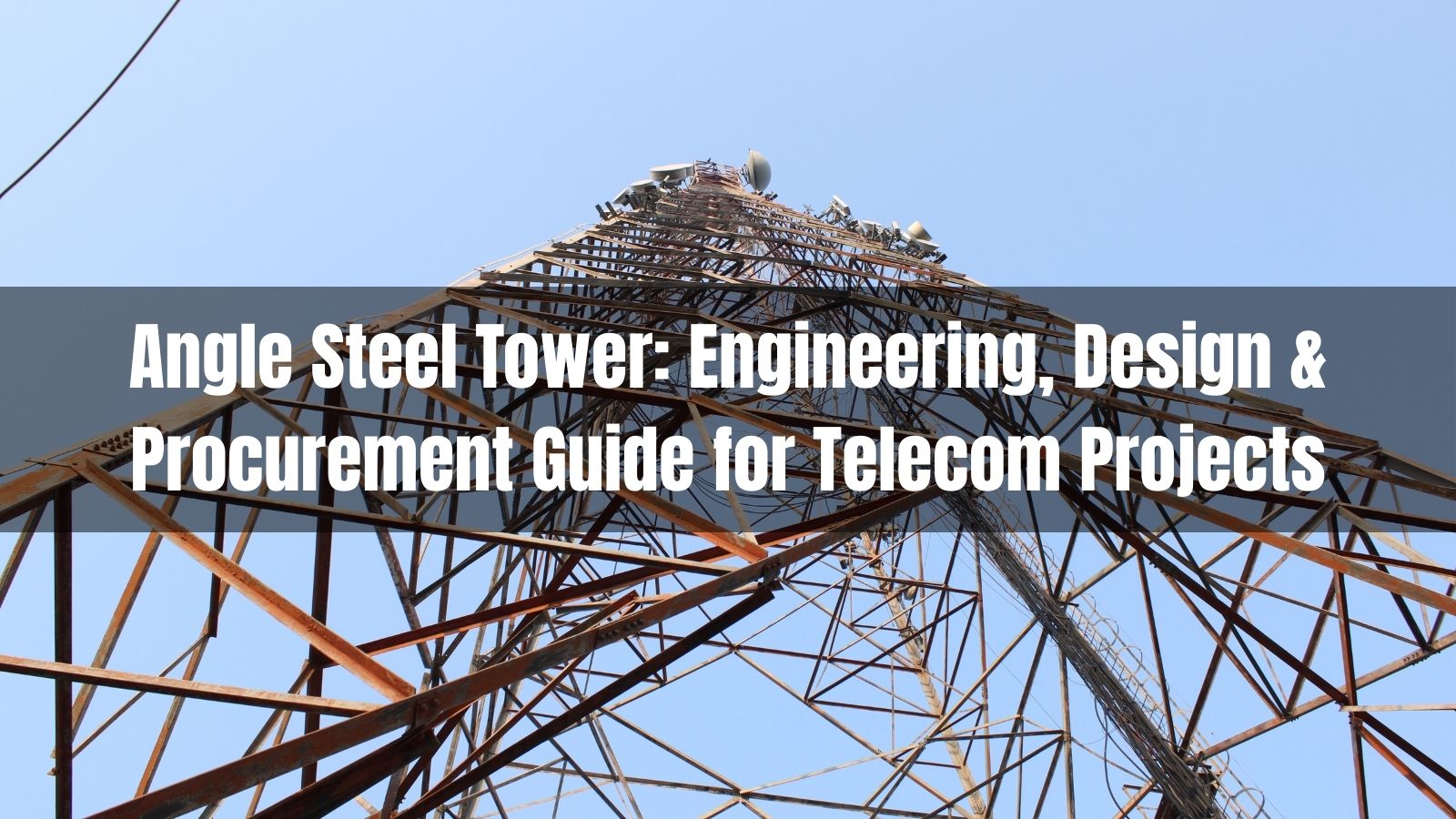
Discover how Angle Steel Towers provide reliable, high-load support for modern telecom projects. Learn design parameters, manufacturing processes, applications, and tips to select the right tower for your needs.
